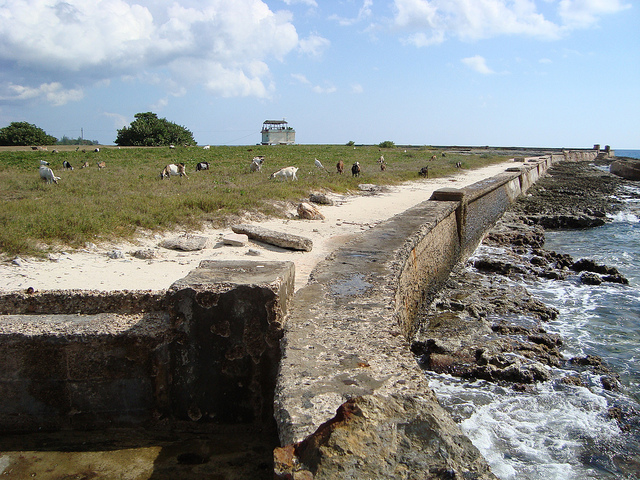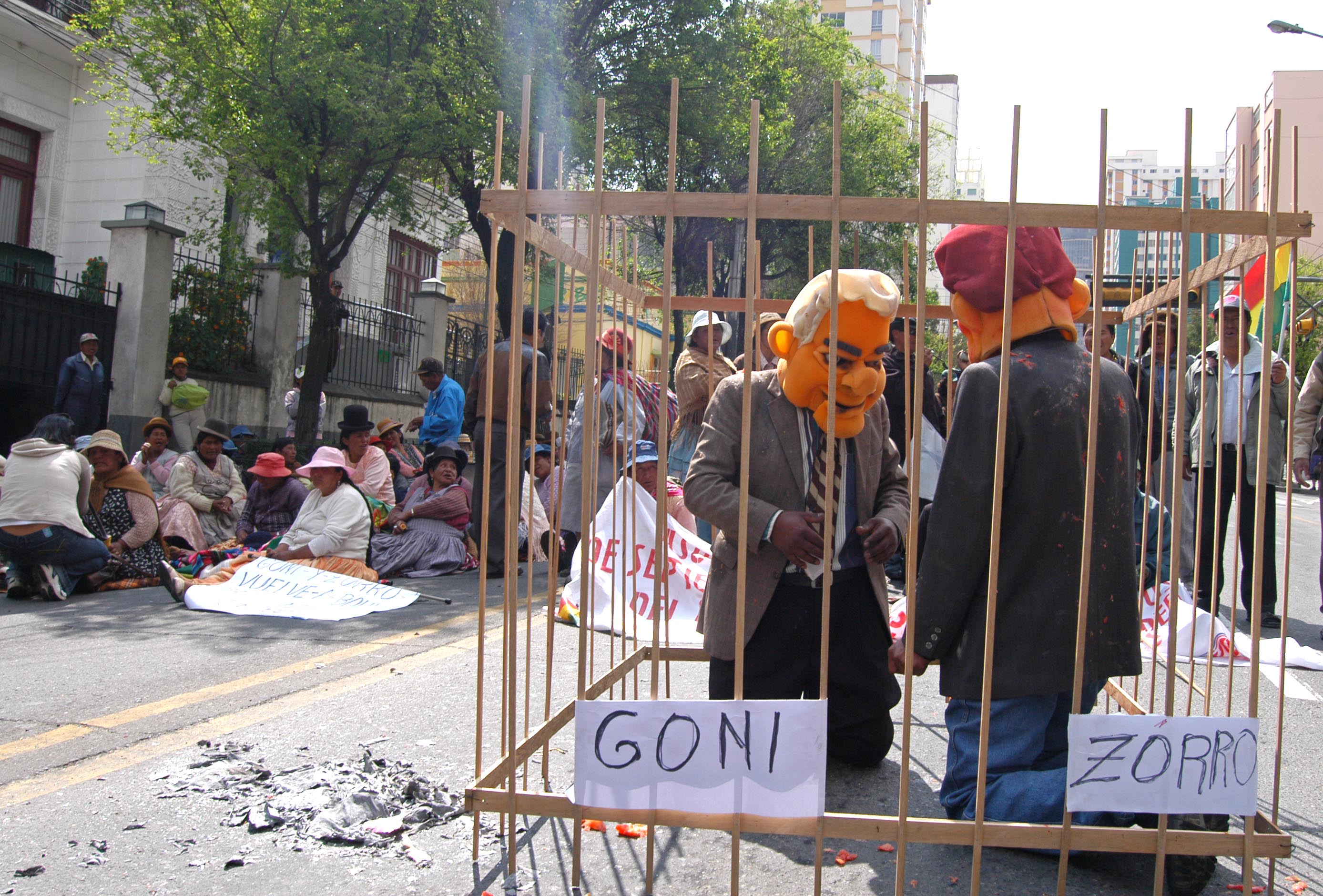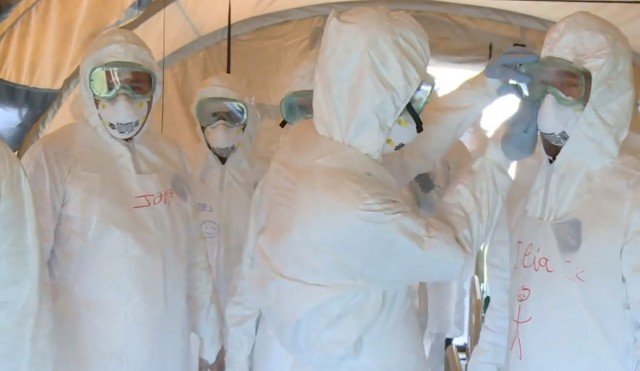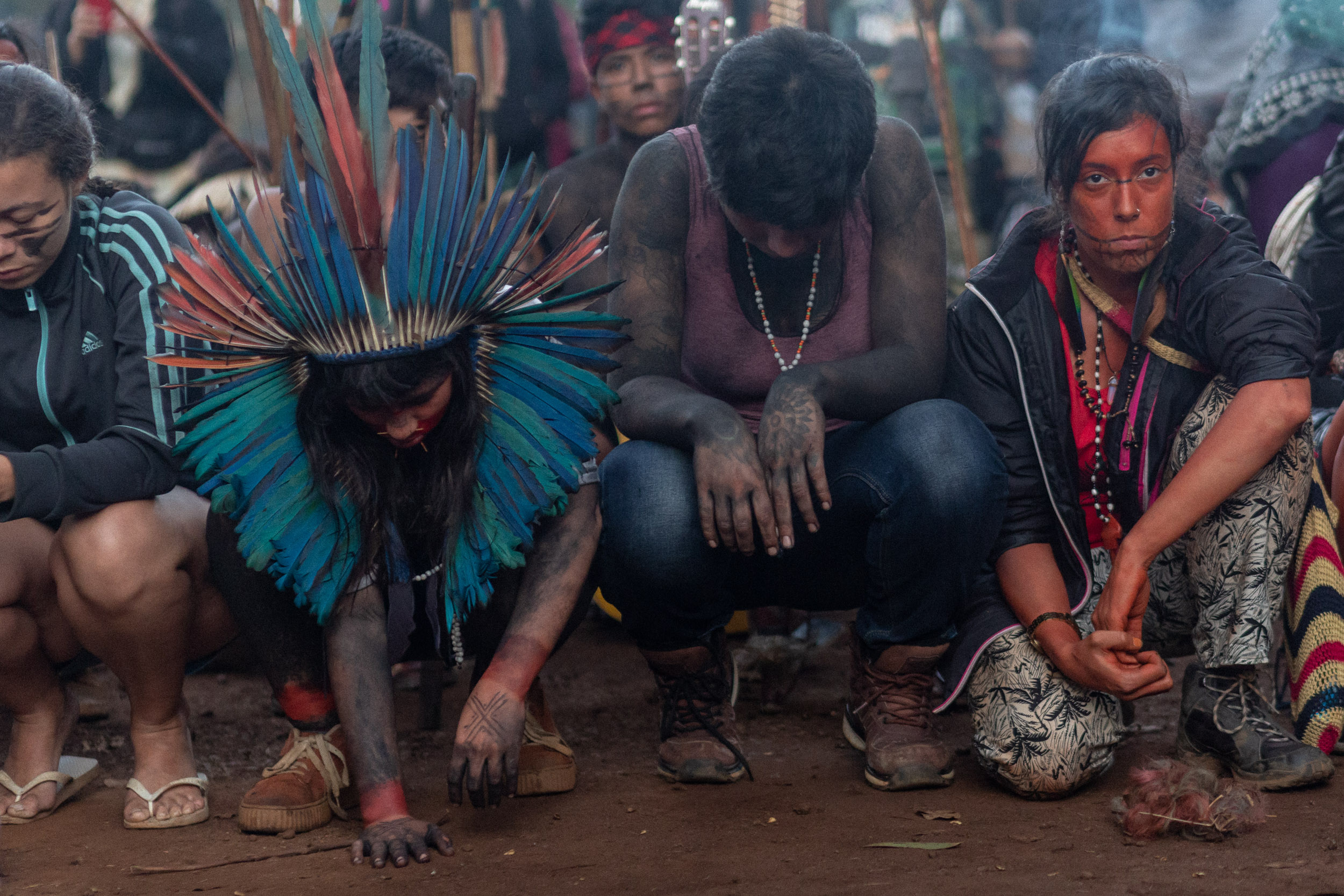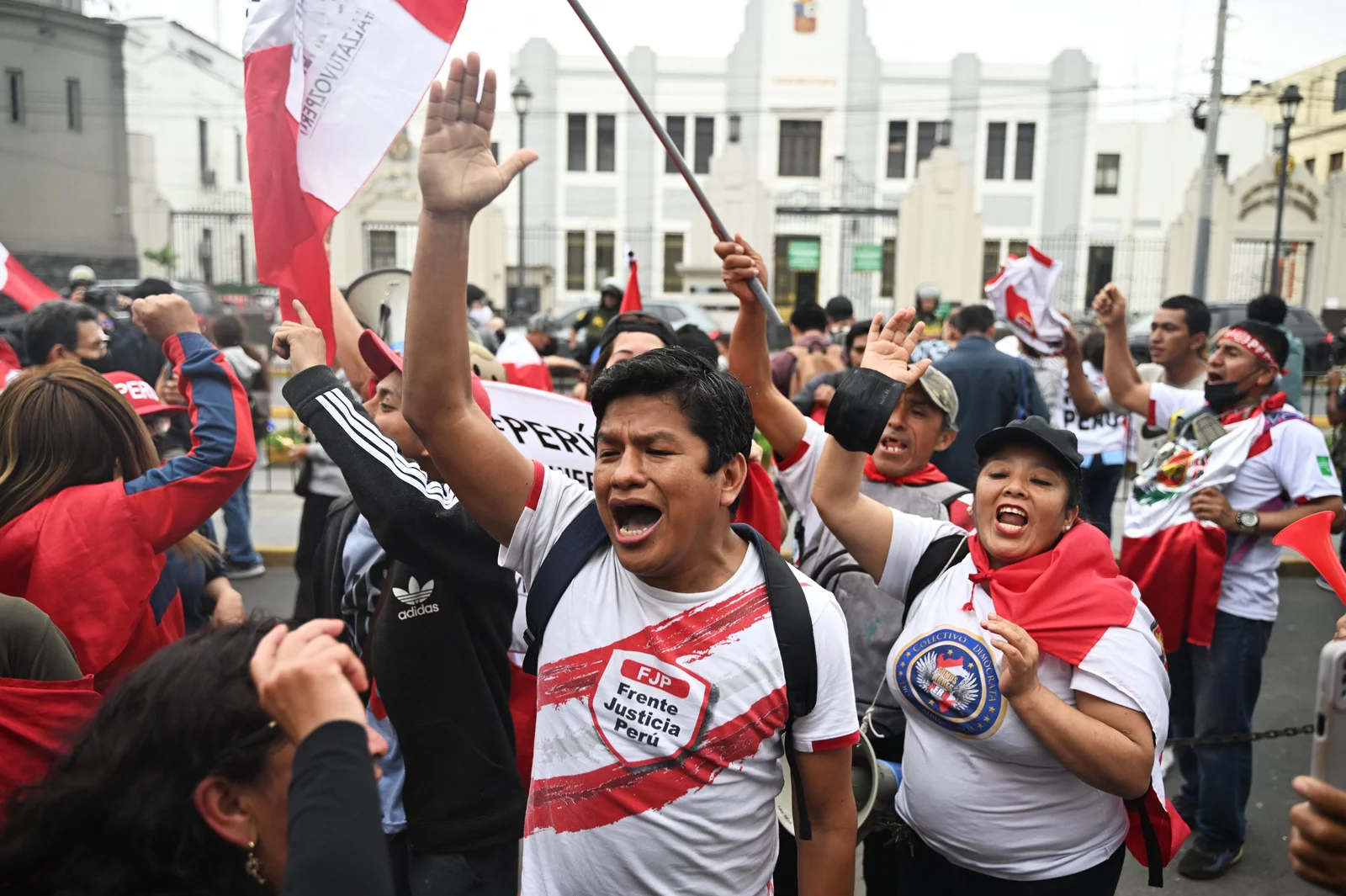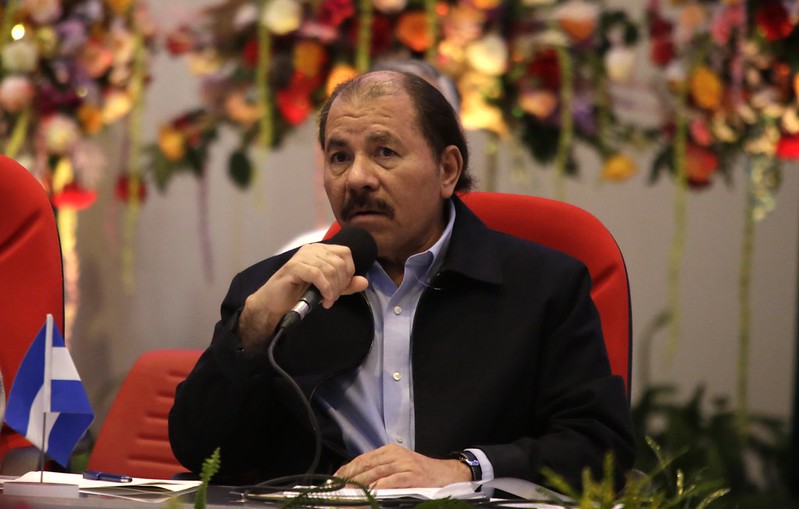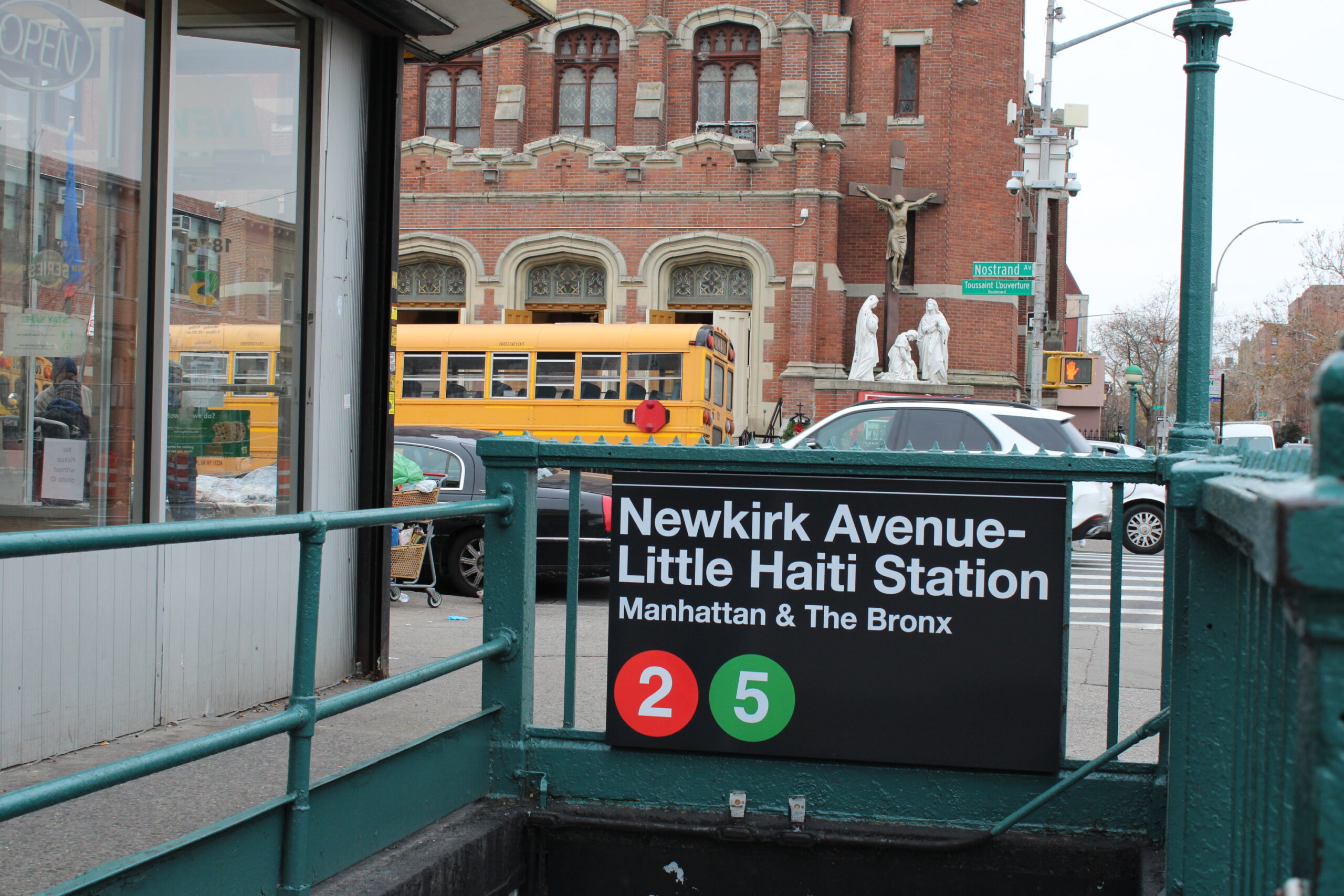
Caribbean, Features, Haiti
Haitians among thousands seeking asylum in NYC
December 13, 2022 By Kathryn Palmer
NEW YORK — Sandra Dieudonné can’t help but speak in a string of anecdotes. She hears so many stories working with Haitians seeking asylum in New York City, they tumble out of her.
She talks of the Haitians whose houses were burned down after they disagreed with a political party. She recounts the numerous LGBTQ Haitians who felt unsafe and threatened and were forced to leave their homes. She describes the young men and women — many of them, she says — who flee violent retribution for refusing to join gangs. Then there are the children, she says, who are here all alone.
In early October, New York City Mayor Eric Adams declared a state of emergency to respond to an influx of asylum-seekers arriving in the nation’s largest city, Haitians among them. Thousands of people have arrived seeking refuge since the spring as part of what has been called a “migrant crisis.” Reports tally more than 20,000 asylum-seekers reaching New York City this year.
But Dieudonné, staff attorney for the Catholic Charities of New York’s Haitian Response Initiative and a child of Haitian parents, doesn’t speak in numbers. She speaks in individual stories — dozens of them.
“It’s like mayhem right now,” Dieudonné said. “For anyone to categorize that as just a migrant crisis is a problem to me. These people are running for their lives.”
Despite a procession of federal immigration policy changes over the last few months, Haitian asylum seekers arriving in New York City continue to face a barrage of obstacles, from language barriers and finding shelter, to grappling with Trump-era policies and an overwhelmed immigration system.
Haiti has tragically been subjected to many periods of tumult over its history, and mass migration to the United States is nothing new. But in the years since the island was devastated by the 2010 earthquake, many Haitians have struggled to escape displacement, and recent upheavals of a man-made sort have once again thrown thousands to seek safety beyond its borders.
The July 2021 assassination of President Jovenel Moïse lit a match, plunging Haiti into an era of intensified violence, instability and ensuing migration.
Conditions in the country continue to worsen. The United Nations’ High Commissioner on Human Rights this month said Haiti is “on the verge of an abyss,” and warned the country is experiencing the worst human rights and humanitarian situation in decades. Nearly half the population is facing acute hunger, a deadly cholera outbreak remains uncontrolled, gang violence is running rampant and severely limiting access to shipments of water, food and medicine, and reports chronicle a surge in rapes and murders.
In the wake of the assassination of President Moïse, thousands of people have fled Haiti for the U.S. They enter a precarious immigration system with a long and troubled history punctuated by periods of crisis followed by alternating government protections and mass deportations.
But as Haiti spirals and its citizens leave, those who work alongside Haitian migrants in the United States are careful to note that not all recently arrived asylum seekers are fleeing this latest round of crisis. Many are part of what some call a “generation” of Haitians who have migrated since the devastating 2010 earthquake, often arriving via a punishing southern route — the Darién Gap — and after years living outside Haiti.
In a March 2022 hearing at the United Nations Office of Human Rights, representatives from a handful of immigration and legal aid organizations said many of those who have fled over the past decade first attempted to settle in Brazil, Chile and other South American nations, but have recently been forced to continue north.
Just last year, Haitians made up the majority of migrants attempting the notoriously perilous journey across the Darién Gap, where migrants must first traverse from South America to Panama, before continuing northward. An estimated 6,200 Haitians made the trek between January and October of last year, according to the International Organization of Migration.
In New York City, Yolette Williams has seen this increase in Haitians arriving from South America first-hand, as CEO of the nonprofit Haitian American Alliance of New York.
“Those who attempted to leave during the insecurity happening now and after the 2021 assassination, a lot of them are intercepted at sea and returned to Haiti,” Williams said. “From what I see, they’re not the ones making it through.”
This summer, New York City Mayor Eric Adams announced a $1.6 million funding package to help recently arrived Haitians receive access to immigration legal assistance and other social services, while state representatives have highlighted the plight of Haitians and asylum-seekers.
Many of the arrivals — mostly Venezuelans but also including Haitians — have been bused to New York City from the southern border, largely seen as a political stunt orchestrated by Republican governors in border states in the run-up to the November elections.
For Williams, the majority of the Haitians she and her organization have been assisting are arriving via the southern border, and they carry with them the effects of an arduous and deadly flight.
“They’re a bunch that is extremely traumatized in my opinion,” said Williams, a licensed clinical social worker. “Many of them were in Haiti during the 2010 earthquake, and a few of them were there during the assassination. They have witnessed people dying, women have been raped, they’ve met other gangsters along the way that shake them down and take what they have. The journey is not an easy one.”
Many of those deportations are attributed to Title 42, a highly controversial Trump-era immigration order that has effectively halted the asylum process at the southern border since March 2020, citing pandemic public health concerns. Though it is set to expire at the end of the year, Title 42 has led to the expulsion of thousands of Haitians, according to a report by the Mayor’s Office of Immigrant Affairs.
In a recent move to address increasing concerns over accommodating the surge of Haitian migrants, the Biden administration last week extended temporary protected status, or TPS, for Haiti for an additional 18 months. The order also gives Haitians who arrived in the country over the last year the opportunity to apply for the special immigration protection status, opening the door to thousands of Haitians who arrived after the prior July 2021 cutoff.
But even for those Haitians who make it to the U.S. and onward to New York City, Dieudonné says many experience language barriers in attempting to access social services. Furthermore, they encounter trouble finding and affording legal help to file asylum claims.
Not least, they must contend with long court wait times amid a surge in immigration. As of October 2022, there are more than 2,500 pending immigration cases involving Haitian nationals in New York City alone, adding to the record-high national backlog, now reaching 1.9 million immigration-related cases.
Though Mayor Eric Adams says the buses of migrants arriving in New York City have slowed in recent weeks, there’s little expectation that Haitian migration to the U.S. will abate any time soon, as many leading human rights organizations sound the alarm over humanitarian conditions in the country.
“My parents are Haitians, and the work that I do is very personal to me because it could very easily be my family,” Dieudonné said. “I don’t want the Haitian people to lose hope, there are a lot of us trying to work on their behalf within the system. We are fighting for them.”
About Kathryn Palmer
Kathryn Palmer is a Master’s student in the joint Global Journalism and French Studies program, where she writes about the European Union, Haiti and Francophone Africa, among other subjects. She majored in Politics at the University of California, Santa Cruz, and previously worked as a print reporter in Northern California.
